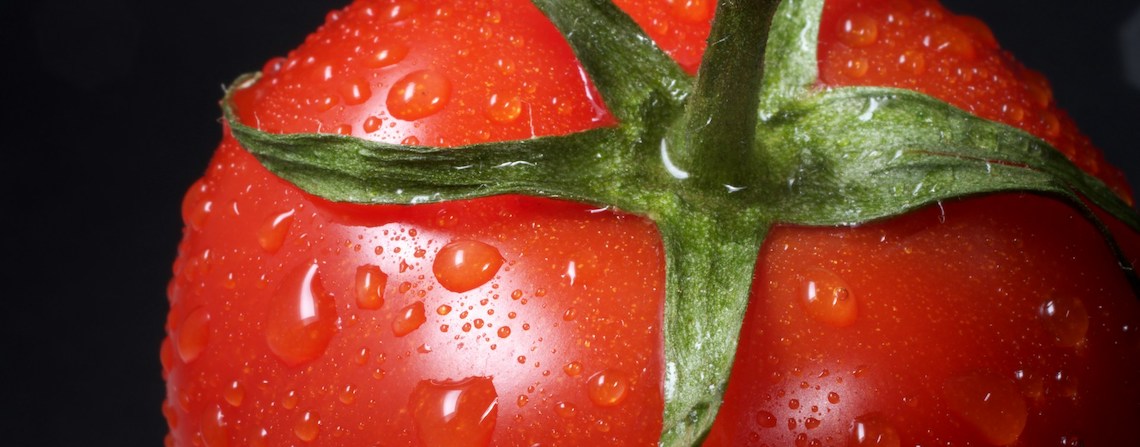
Tomato photo via Immo Wegmann on unsplash.com
Written by Frank Lopez
California’s tomato crop saw lower production in 2024 — a year with a lot rain and higher temperatures.
The 2024 California Processing tomato Report forecasted processing tomato production at 11.3 million tons, with an average of 50 tons per acre.
This year’s forecast is 12% below last year’s contracted production of 12.8 million tons.
Projected harvest acreage of tomatoes grown under contact is 226,00 acres, down 11% from 2023.
This spring’s mild temperatures and adequate water supply did provide growers with favorable planting conditions and a good start to the developing crop.
However, the summer’s high temperatures into the harvest negatively affected yields.
There were also concerns about curly top virus in the San Joaquin Valley, but no major damage reported.
The processing tomato harvest began in July in the southern Central Valley and progressed to the northern counties by the middle of August.
The harvest was over by October, significantly earlier than last year.
The quality of the early crop is fairly good, but the impact of the heat waves on late season plantings is uncertain.
The Processing Tomato Advisory Board published its shipments through Aug. 24, showing a 29% increase compared to this time last year.
The shipments compared to the halfway point of last year shows a decrease of 12%.
Mike Montna, president and CEO of the Sacramento-based California Tomato Growers Association, said the weather was mild during the February-June planting season. But after that, the extreme heat of the day and warmer nights concerned growers.
“We ended up with just a little over 11 million tons,” Montna said. “That’s just about 4% shorter than last year.”
He said the crop had issues with color and mixed maturity in ripening attributed to the heat, but overall growers and processors weathered the season well.
“If you would have told a lot of people that ‘two or three months from now you’ll only be 4 percent off’, we probably wouldn’t have believed you,” Montna said.
Prices between growers and processors are negotiated before harvest, Montna said.
Some varieties of tomatoes grow better in higher temperatures than others, but growers learn something new each year. On the research side, there is more interest in varieties that can better withstand the heat.
Technology used for growing includes modeling and satellite imaging used to find where the stressed areas of a field might be.
“We are constantly looking for what’s next on that front,” Montna said. “The industry doesn’t sit back and say, ‘this works the best we are taking time off.’ It’s a constant motion”
Joe Del Bosque, founder and owner of Del Bosque Farms in Firebaugh, said their main crops are mostly melons and almonds, but they do grow tomatoes some years.
He said they did not choose to grow tomatoes this year.
Del Bosque said that other tomato growers told him that their later crops were affected by the heat this year.
The high temperatures can affect the bloom of tomatoes, as well as their pollination.
“The heat is definitely an issue, along with having an adequate amount of water is imperative to keep them hydrated during the hottest periods,” Del Bosque said.
He added that the heat also affects the ability of workers to harvest handpicked foods, including table tomatoes, which means shorter workdays.
Processing tomatoes — used for sauces — are less affected, Del Bosque said, as they can be machine harvested day and night.








